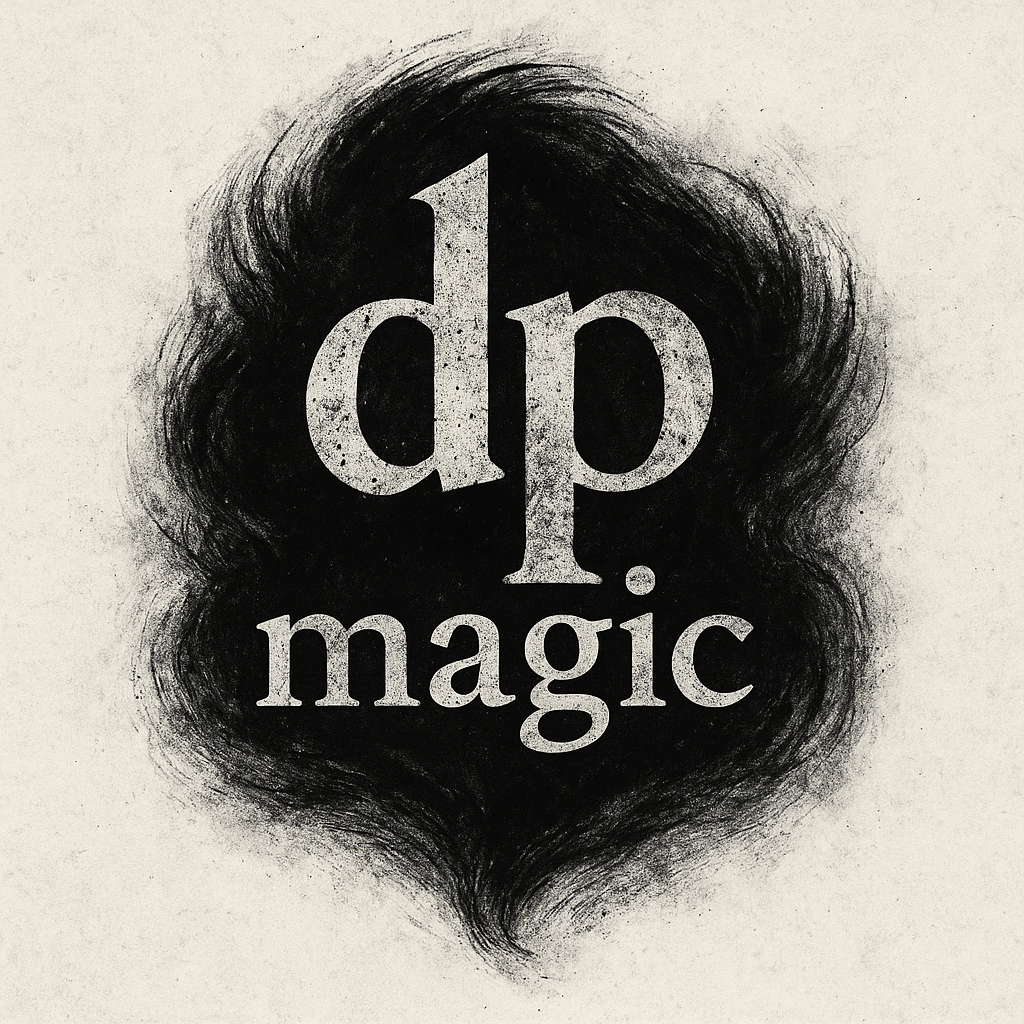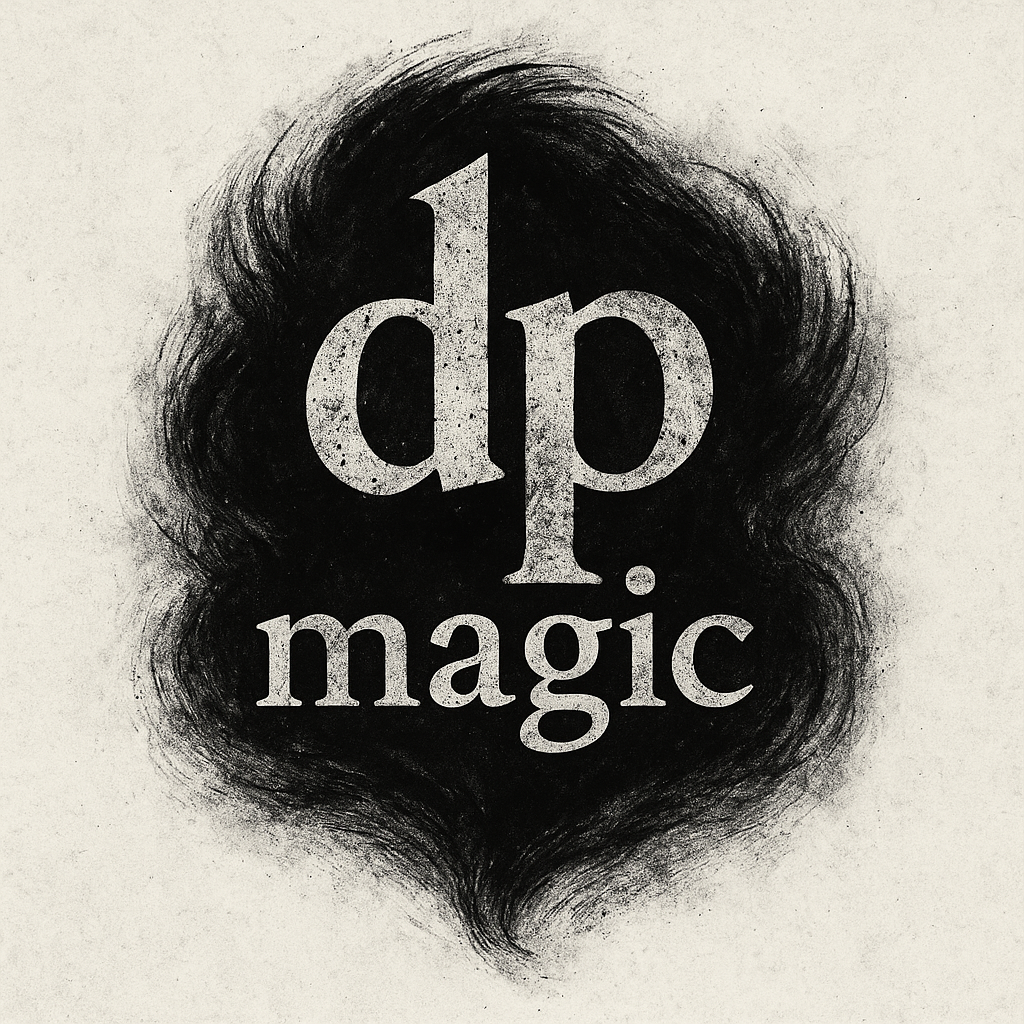Top 20 Sleight-Free Card Deceptions Every Magician Should Know
Not every miracle requires a knuckle-busting sleight-of-hand. In fact, some of the strongest reactions in card magic come from effects that involve no difficult handling whatsoever. These sleight-free card techniques are perfect for beginners building confidence and professionals looking to focus on presentation. When chosen carefully and performed with conviction, these effects astonish just as much as the most complex sleight-of-hand routines.
1. The Cross-Cut Force
A classic and disarmingly deceptive force. After a simple cut and cross, time misdirection makes spectators forget the order of actions. The illusion that they’ve chosen a random card is nearly perfect. It is often discarded by magicians who want to display more technical skill amongst other magicians. For fooling laymen – few forcing techniques can rival the ease and effectiveness of the Cross-Cut Force.
2. The Balducci / Cut-Deeper Force
A cleverly structured force that creates the illusion of a free cut. After the spectator cuts the deck, you ask them to cut again — “deeper.” What they don’t realize is that by following your instructions, they’re being guided back to the top card of the deck. The beauty of this method is that it uses the spectator’s own actions to create the outcome, making the deception even more convincing.
3. Countdown Force
This allows a magician to guide a spectator to a predetermined card by counting down to a number in a seemingly very fair and random way. It essentially forces the 11th card from the top of the deck. It is very deceptive and rarely used. Chris Capehart fooled Penn and Teller with this little card deception on Penn and Teller’s Fool Us.
4. The Gemini Placement Principle
Created by Karl Fulves, this principle lets you predict a card's location after a spectator performs a series of fair-seeming actions. Cards are inserted randomly into a dealing process. The deception works on the subtlety of which card was the actual random card dealt that is touching your participant’s inserted card. It feels chaotic but always results in a known outcome.
5. The Charlier Shuffle
While it’s technically a sleight, many magicians perform this as a no-skill false shuffle. It's great for keeping the deck in order while appearing to mix the cards. It is incredibly easy to perform and there is nothing to suspect. It looks like a casual but genuine mixing of the cards when in actuality, all you are doing is cutting them.
6. The Bluff/Optical Shuffle
Another false shuffle that requires no skill where the magician
pretends to overhand shuffle but actually simply cuts the cards. When performed casually and confidently, it looks just like that real thing, adding tremendous credibility to any effect that requires the deck stay in a certain order.
7. The Jay Ose False Cut
This 3-packet false cut looks incredibly fair but retains the deck’s order. It’s a go-to for maintaining stack integrity without tipping off the audience that nothing has changed.
8. The Key Card Principle
A classic utility move. By controlling or peeking at a known card next to the spectator's selection, you can later identify their card without any visible manipulation.
9. The Prophecy Move
An underused gem that creates the illusion of having two random cards selected by touching a card that is in between the two. Though the process looks completely fair, these two cards are actually the original top and bottom cards of the deck that you have forced on your participant. There are many applications for this move.
10. The Clock Trick
A mathematical principle where cards are placed in a clock pattern – though the principle works quite well eliminating the clock pattern altogether. The math works by reversing the order of the cards which brings the force card (unbeknownst to your participant) to a position equal to the number of cards that were initially cut or dealt off at the beginning.
11. The Stacked Deck
Whether using memorized, cyclical, or conceptual stacks (like the Si Stebbins or the DAO Stack), this principle allows for divine control. The magician appears to have psychic abilities while relying on pure structure. The magical applications that can be brought to life through the use of a stacked deck are innumerable, and mind-numbingly deceptive.
12. The One-Way Deck Principle
Cards are oriented in the same direction except for the chosen one, allowing the magician to spot it easily. Often hidden in plain sight, it adds punch and deceptiveness to card detection effects with no skill needed.
13. The Automatic Placement Principle
A spectator’s cut or count leads them directly to a predetermined card position. This works on mathematical certainty, and when layered with false cuts or time delay, it can be deadly.
14. The 21 Card Trick
Dismissed by some as beginner material, but in the right hands, it's a powerful example of participant control, timing, and layered deception. It can be modified for storytelling or mentalism.
15. The Marked Deck
The markings, which are hidden in the design of the card backs, reveal the identity of the faces of the cards. These decks can supercharge the magical applications available to you compared to a standard deck of cards. Not only do they open up a whole new world of possibilities, they can also greatly facilitate tricks that do not necessarily require the use of a marked deck.
16. Equivoque
The verbal sleight of hand. This psychological force is used to steer spectators into “freely” choosing what you want them to. This is done by cleverly asking your participant to make ambiguous “free” choices, that they don’t really know what will happen after they respond. Done well, it feels completely fair and is impossible to trace. It is an absolute essential deception to master.
17. The Deal Duck Procedure
Another Fulves favorite. Cards are dealt and then ducked to the bottom of the packet in sequence that ultimately leads to one remaining card, which will of course be the force card. This is a perfect reveal sequence for self-working tricks.
18. The Probability Cull
The Probability Cull is essentially a near mathematical certainty that states that within and “well-shuffled” deck, there will always be two cards of the same value next to each other. In tricks that require you to set up a pair or three of a kind, this is most beneficial. Simply spread through the deck until you find a pair and cut to the top or bottom. You are now automatically in control of two like cards.
19. The Gilbreath Principle
An astonishing mathematical principle. After mixing two specific packets (like reds and blacks), order persists in an unsuspecting way that allows you to identify, separate, or predict cards even after thorough riffle shuffles.
20. The One Ahead Principle
A staple of mentalism. You already know one piece of information ahead of time, and you reveal it “as if” you just learned it. Done right, it compounds into a series of mind-blowing reveals. It allows you to make multiple divinations or predictions because you are always one prediction or divination ahead of your participant.
Bonus: How the Declan Pierce Chronicles Take These to the Next Level
In the Declan Pierce Chronicles, many of the above principles are not only applied but evolved. The series introduces readers to new contexts and creative presentations that breathe life into classic techniques. Methods are masked in conversation; marked cards are used in layered routines involving narrative misdirection; and stack principles are embedded into story-driven scenarios that make the method invisible. Readers don’t just learn what to do—they learn how to think like a magician. The books are a treasure trove for performers seeking to master simple sleights and sleight-free deception through strategy, structure, and style.

